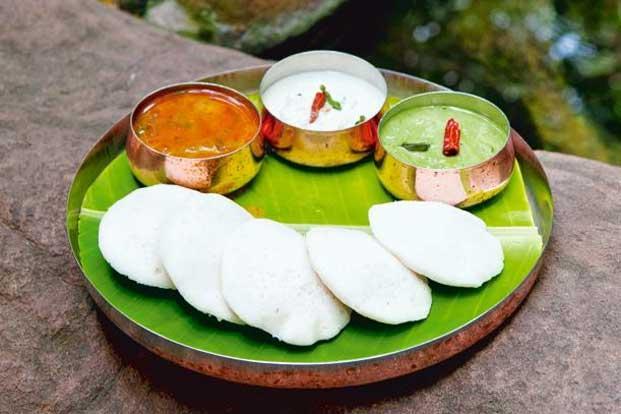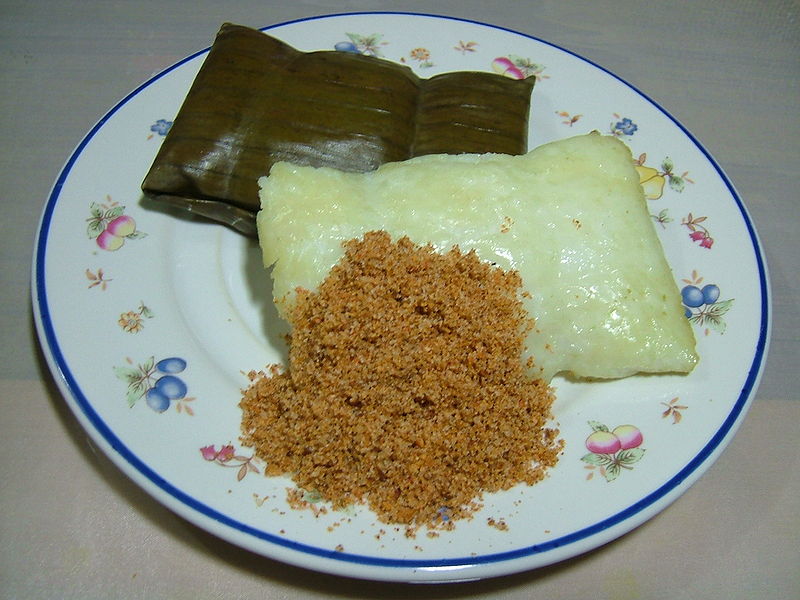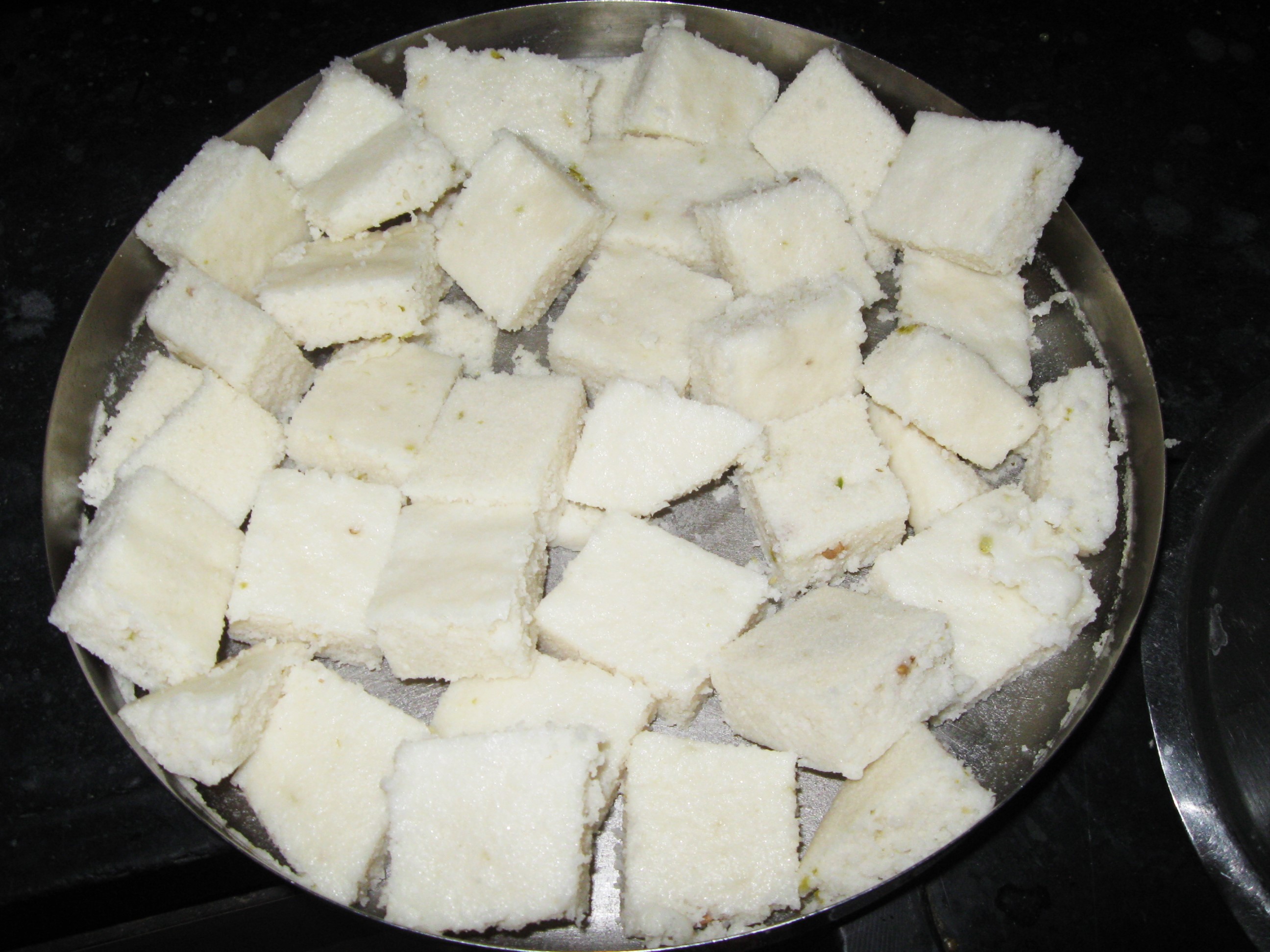TBI Food Secrets: India’s Favourite South Indian Dish, Idli Sambar, Has Many Fascinating Legends
While the classic combination of idli-sambar is much-loved for its wonderful taste, the fascinating story behind its origin remains unknown to most Indians.

If there has been one dish that has been a true ‘game changer’ of the way south Indian food is perceived and eaten in India it has to be the humble and ubiquitous idli sambar. A dish that relies on family traditions, the idli sambar differs across regions, communities and households.
While this south Indian stable is much-loved for its wonderful taste, the fascinating story behind its origin remains unknown to most Indians.

Photo Source
So how and where did idli sambar really originate? According to India’s celebrated food historian, K.T. Achaya, idli may have its origins in Indonesia (a country with along tradition of making steamed and fermented food). In his book, A Historical Dictionary of Indian Food, he quotes the famous Chinese traveler Xuan Zang categorically stating that India did not have a steaming vessel in the 7th century.
He also suggests that Indonesia’s kedli, a similar fluffy steamed cake was the precursor of the Indian idli. Another very similar dish is the Indonesian Bura, a rectangular rice cake cooked in coconut milk that is served with spicy coconut powder. Given the many historical links between the rulers and traders of Southeast Asia and South India. the renown food historian’s theory is plausible enough.

Photo Source
Other historians believe that the word idli may have been derived from ‘iddalige’, mentioned in the Kannada work Vaddaradhane written by Sivakotyacharya in 920 AD, or ‘iddarika’, mentioned in the 12th-
Yet another theory claims that the idli is a version of the idada, a dish that came to the south India during 10th century AD when a community of silk weavers from Saurashtra settled down in Tamil Nadu. Idada is a steamed white dhokla which is made from the same ingredients as idli, rice and urad dal.

Photo Source
Idli may have originated elsewhere but it was only in south India that the process of making idlis from a painstakingly ground fermented batter of urad dal and rice was perfected. Over the years, a dizzying array of idli versions evolved. Today, an idli aficionado can choose from between the thatte idlis (about the size of a plate), the button idlis (dollop-sized ), the sannas (the Goan version), the Kanchipuram idlis (steamed in baskets with grated carrots on top),the khotigge and mudde idlis (the Mangalore version which is steamed in leaves),the rava idlis (made of semolina instead of rice) and the increasingly popular ragi idlis.
As for the delicious medley of lentils and vegetable called sambar, the story goes that the original recipe for this dish can actually be traced to Maratha ruler Shivaji’s son, Sambhaji. This how the interesting tale goes.
The Marathas were ruling Tanjavur. A cousin of the Maratha ruler Shahuji Bhonsle, Sambhaji was extremely fond of amti, a thin, spicy dal made with a handful of the sour kokum thrown in. Once when the kokum imported from the coast did not reach the king’s kitchen, Sambhaji (a great cook himself) decided to experiment by using tamarind pulp instead. The dish he made was served to the court, which declared the dish an outstanding preparation. Sambhaji loved his own concoction too, and gradually the dish came to be referred to as sambar.

Photo Source
It’s a theory that has its share of proponents and nay sayers but there’s no denying that amti and sambar taste remarkably similar. Most food historians, including noted academic Pushpesh Pant, believe this theory to be true, noting that there is no mention of sambar before the Tanjavur Maratha era. According to the, Sarabhendra Pakasasthram, a set of two Marathi manuscripts that are now housed at Tanjavur’s Saraswati Mahal library, also lend credence to this theory.
Another theory about the origins of sambar points to the mention of huli in a Kannada text written by Govinda Vaidya (a poet in the court of Wodeyar king Kanteerva Narasa Rajendra Vijaye) that dates back to the year 1648. Described as toor dal cooked with vegetables, jaggery and coconut, huli is believed to be akin to a precursor of sambar.
Over the years, sambar has evolved into numerous variations. The sambar of Tamil Nadu is very different from the one made in Karnataka. While dry powders (podi) are used in Tamil Nadu, wet pastes are preferred in Karnataka. Even the serving protocol in traditional meals differs – in Tamil Nadu, sambar is served first and then rasam, but it is the opposite in Karnataka.
The Tulu version of sambar, called koddel, is sweeter and milder while in Andhra style pappu charu is a simple thick sambar prepared with drumstick and shallots. Telangana’s kaddu ka dalcha contains meat and chana dal along with tamarind and a sambar-like masala.

Photo Source: Karnataka Sambar, Tamil Sambar, Kerala Sambar
The Palakkad-style varutharacha sambar from Kerala has a distinct taste due to a crucial local ingredient: coconut. In this version. fresh, grated coconut is roasted and ground to a paste along with fenugreek seeds, red chillies, coriander seeds, asafoetida and chana dal. The Kerala sambar is unique for another reason – just about every vegetable, from beans and raw banana to bittergourd and yam, is used in it.
Also Read: TBI Food Secrets: The Fascinating History Behind Rajasthan’s Traditional Dish Dal Baati Churma
However, the most unusual version of the sambar is the milk sambar that evolved in the 1930s as a result of an unusual blend of Maratha and Jain traditions. The Marathas had a dish called tambda rassa which was a kind of sambar made from lamb stock. In an effort to adopt the mouthwatering dish for the Jain palate, the Jains used milk in stead of lamb stock and that was how milk sambar was made.
Versatile and healthy, the classic combination of idli and sambar has achieved widespread popularity in the country, Today, no matter which Indian city you’re in, you’d be hard-pressed not to come across a plate of idli sambar. However, if reading this story made you crave some idli sambar, we have got you covered.
Get the recipe of Idli Sambar here.
Feature Image Source
Like this story? Have something to share? Email: contact@thebetterindia.
NEW! Log into www.gettbi.com to get positive news on Whatsapp.
If you found our stories insightful, informative, or even just enjoyable, we invite you to consider making a voluntary payment to support the work we do at The Better India. Your contribution helps us continue producing quality content that educates, inspires, and drives positive change.
Choose one of the payment options below for your contribution-
By paying for the stories you value, you directly contribute to sustaining our efforts focused on making a difference in the world. Together, let’s ensure that impactful stories continue to be told and shared, enriching lives and communities alike.
Thank you for your support. Here are some frequently asked questions you might find helpful to know why you are contributing?


This story made me
-
97
-
121
-
89
-
167











